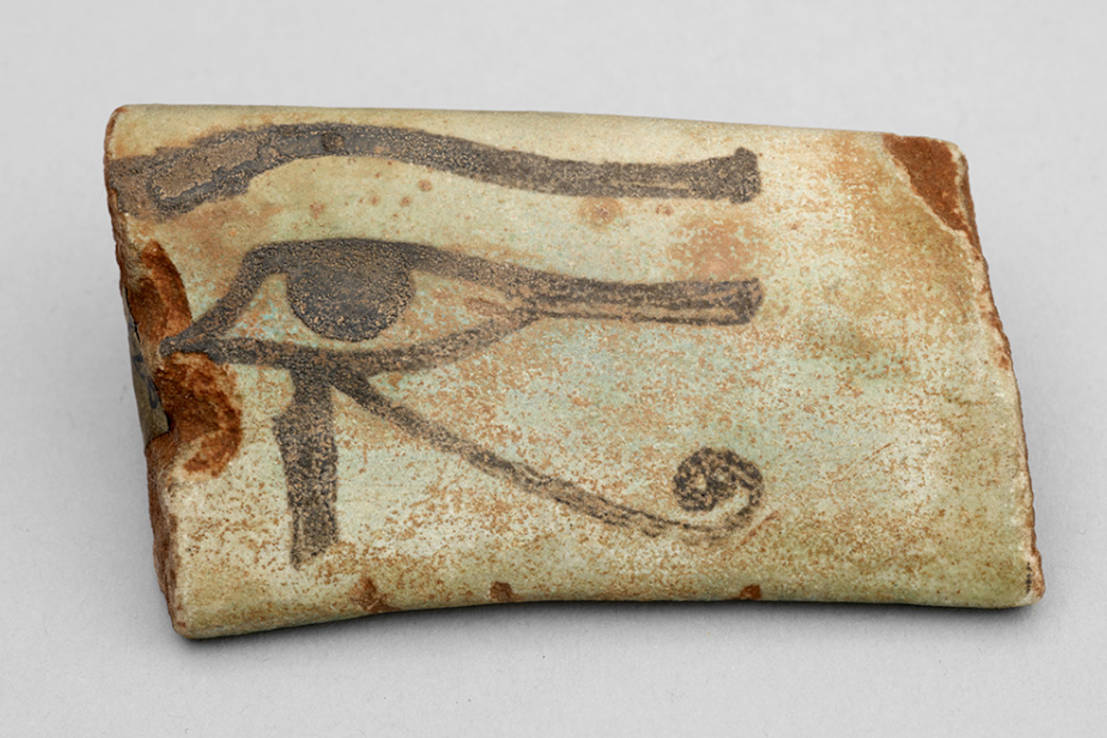
in 中文-普通话 / 国语 / Mandarin Chinese (simplified) translated by Bryony
This object has been translated into 13 different languages by 17 different users
这叫荷鲁斯之眼。有时候这也叫埃及乌加眼。很多古老埃及的人用起来一个保护象征。荷鲁斯天神看起来猎鹰。据古老埃及的神话说,荷鲁斯的天地塞特把荷鲁斯的眼睛盗窃了。以前,塞特把荷鲁斯的爸爸死了。然后,托特复原到荷鲁斯的眼睛。乌加有意思的全或者健康。因为这个故事,荷鲁斯之眼变成很红的保护象征!经常,特别是对死的人,这个保护象征用了。
3000年左右,从古老的王国到罗马时代,荷鲁斯之眼用了。附近国家也用了,比如迦南人,叙利亚人,努比亚人等。我问你们,
你有没有一个自己保护象征?
Zhè jiào hélǔsī zhīyǎn 。yǒu shíhòu zhè yě jiào āijí wūjiā yǎn 。Hěn duō gǔlǎo āijí de rén yòng qǐlái yī gè bǎohù xiàngzhēng 。Hélǔsī tiānshén kàn qǐlái lièyīng 。Jù gǔlǎo āijí de shénhuà shuō ,hélǔsī de tiāndì sāitè bǎ hélǔsī de yǎnjīng dào qièliǎo 。Yǐ qián ,sāitè bǎ hélǔsī de bàbà sǐ le 。Ránhòu ,tuōtè fùyuán dào hélǔsī de yǎnjīng 。Wūjiā yǒu yìsī de quán huòzhě jiànkāng 。Yīnwéi zhè gè gùshì ,hélǔsī zhīyǎn biànchéng hěn hóng de bǎohù xiàngzhēng !Jīngcháng ,tèbié shì duì sǐ de rén ,zhè gè bǎohù xiàngzhēng yòng le 。
3000 nián zuǒyòu ,cóng gǔlǎo de wángguó dào luómǎ shídài ,hélǔsī zhīyǎn yòng le 。Fùjìn guójiā yě yòng le ,bǐrú jiānánrén ,xùlìyàrén ,nǔbǐyàrén děng 。
Wǒ wèn nǐmén ,nǐ yǒuméiyǒu yī gè zìjǐ bǎohù xiàngzhēng ?
I am a learner of Mandarin Chinese (to HSK3 level), and decided to try this as a challenge to myself. I used Wikipedia pages that I switched between English and Mandarin for the more specialised vocabulary. It was fun to give this a go!
I have included the pinyin below the translation to let other learners read what I have written more easily.
Report License: CC Attribution - Creative Commons Learn moreDo you have something you’d like to say, in your own language or English, about the object or translation? We’d like to hear what you think.
Translations are community-sourced and for anyone to participate in, however you use your language. For more information, see Community Guidelines.
23 Sep, 2023
Italians, especially in southern Italy, are well known for their attachment to superstition. Therefore, it is not surprising that good-luck charms are particularly popular. Arguably, the most popular amulet is the “cornicello” or “cornetto” (meaning “little horn”). The amulet is believed to protect against “malocchio” (“evil eye”), and it is commonly found in the Italian regions of Campania, Lazio, Puglia, and Basilicata.
The cornetto is in the shape of a horn, and it can be made from metal, but it is most commonly red in colour. This makes them look very similar to chilli pepper, but it is meant to represent an eland horn. The cornetto finds its origin in Greek and Roman mythology as it is linked to another common symbol: the cornucopia. The cornucopia, also known as the “horn of plenty” is a symbol of abundance and it is commonly illustrated as a large horn-shaped container overflowing with fruits and flowers. Similarly, the cornetto is also associated with abundance and fertility and remains one of the most common Italian symbols of protection. If you ever go to Naples, you can be certain to see at least one cornetto be worn as jewellery, hung from the rearview mirrors of a car, or kept in a house for decor and good luck.